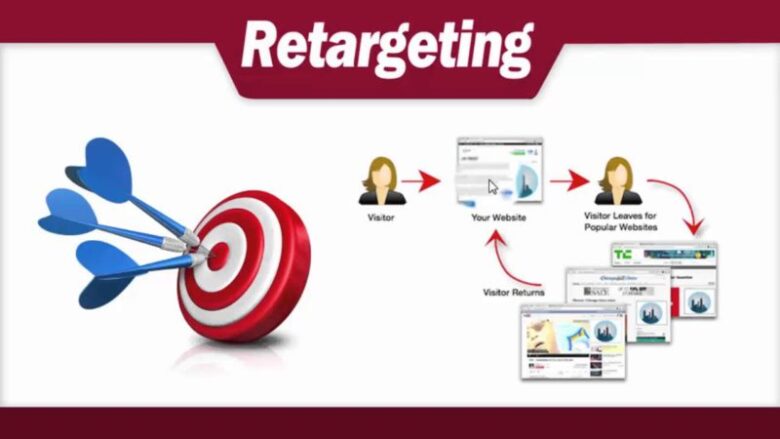Retargeting is a type of advertising that helps companies re-engage with users who have exited their websites before actually buying something. Retargeting campaigns allow you to target specific people with specific ads and their goal is to convince those customers to return to your website and this time, buy something. This form of advertising works since they allow you to show ads to those people who have already expressed an interest in the product or service you provide on your website. Hence, with the assistance of social media platforms and search engines, you can remind them that they wanted to solve a problem by using the service or product from your website, as well as why your website offers the best solution.
How does retargeting work?
Simply, all you will have to do is place a JavaScript tag in the footer of your site. This code will create a list of people who visited your website by placing retargeting “cookies” in their search engines and, of course, these cookies are completely anonymous. Then the list will allow retargeting vendors to show the ads to the potential clients as they visit social media pages or use their search engines. If you want to see exactly how it works, watch this video.

Why is it effective to use retargeting campaigns?
This type of advertising will generate more online sales by bringing the people who explored your website back when they are ready to buy. Every time your customers see the ads, your brand will gain more recognition and traction. The increased sales and high click rates are usual for retargeting campaigns.
What are the best practices of retargeting?
Your campaign will be most effective if you categorize the visitor, for example, people who looked at pants vs. people who look at shoes and create specific ads that will be shown to each group, or you could decide not to retarget them at all. Of course, like every other advertisement, the best performing retargeting advertisement needs to be a clear, call-to-action ad, as well as a creative one that will promote the offer in the best way possible. Keep in mind that different products require different retargeting time. For example, if people looked at suitcases on your site, it means that it is likely that they will travel soon, hence, they should be retargeted right away, however people shopping for bubble baths can be retargeted later.

Is it the same as remarketing?
Both terms are used quite often, so it is understandable that someone would confuse the two. As mentioned before, retargeting is used to refer to online display ads that are presented to visitors who came to your website, looked around, and simply navigated away without making a purchase. Remarketing, however, refers to reaching out to lost customers and it is done via email, so you will need their email addresses.
Conclusion
Retargeting will allow you to target the exact customer that you want by giving you another opportunity to show them your brand and message to people who have already shown interest in your website. Keep in mind that you should not waste the ads by directing people to a page that will not immediately show them a specific item that they might want. You should instead create ads that are personalized and optimized and connect them with a post-click landing page to get the most out of your campaign. So, do not waste any more time and start planning your retargeting campaign that will drive more traffic to your website, as well as boost sales!



